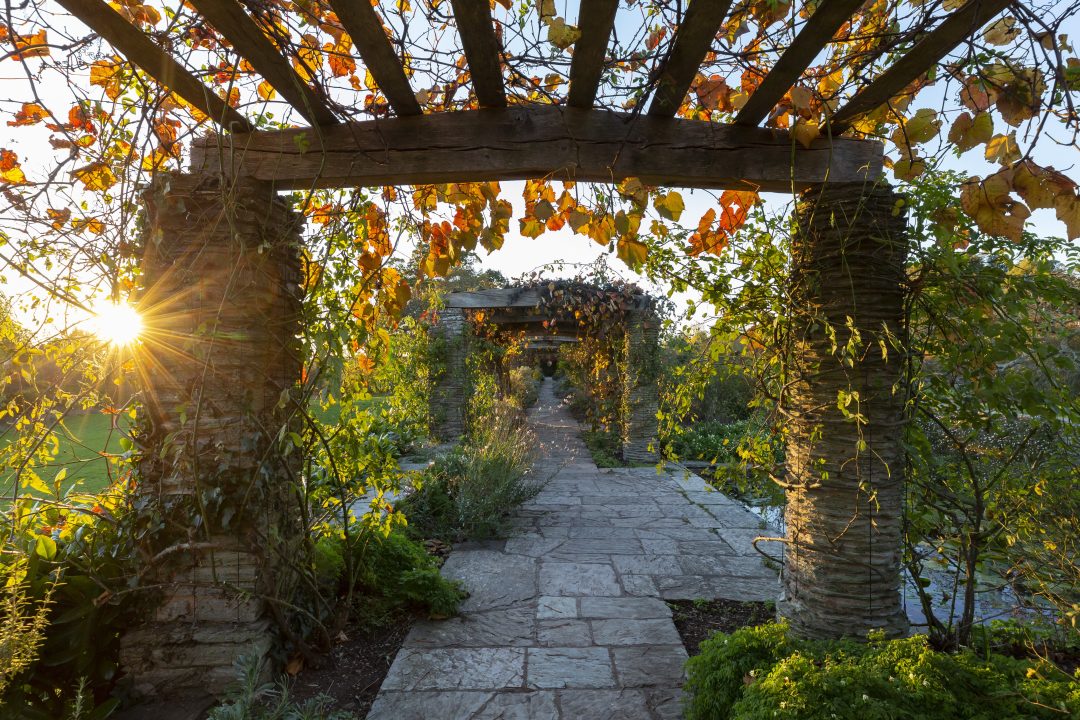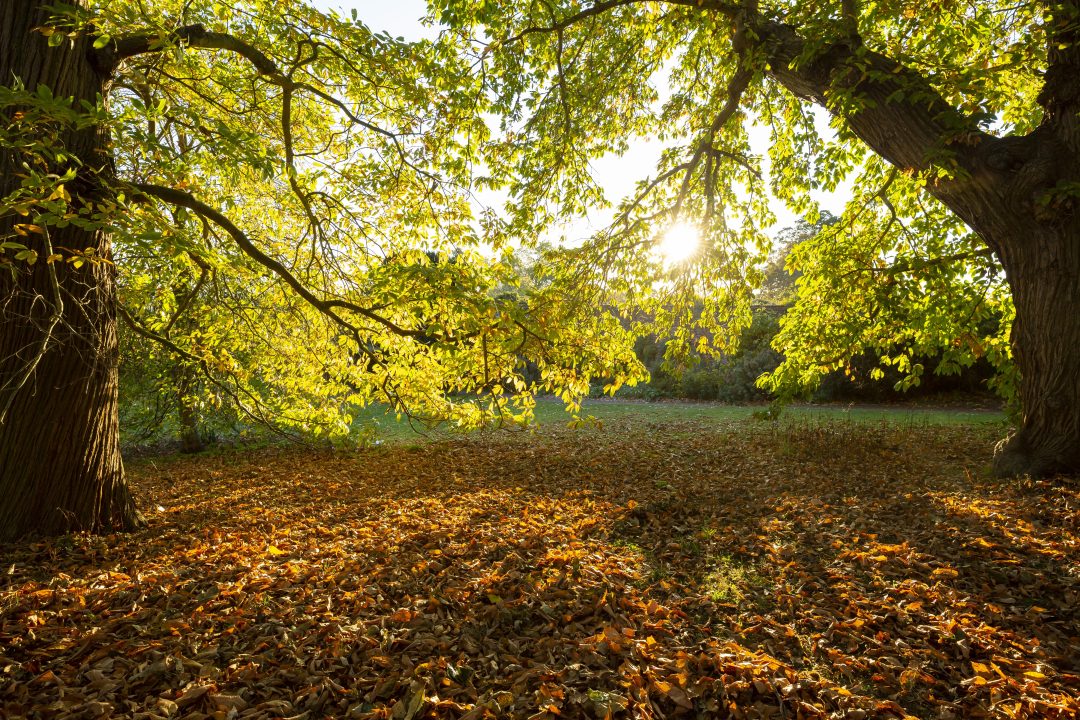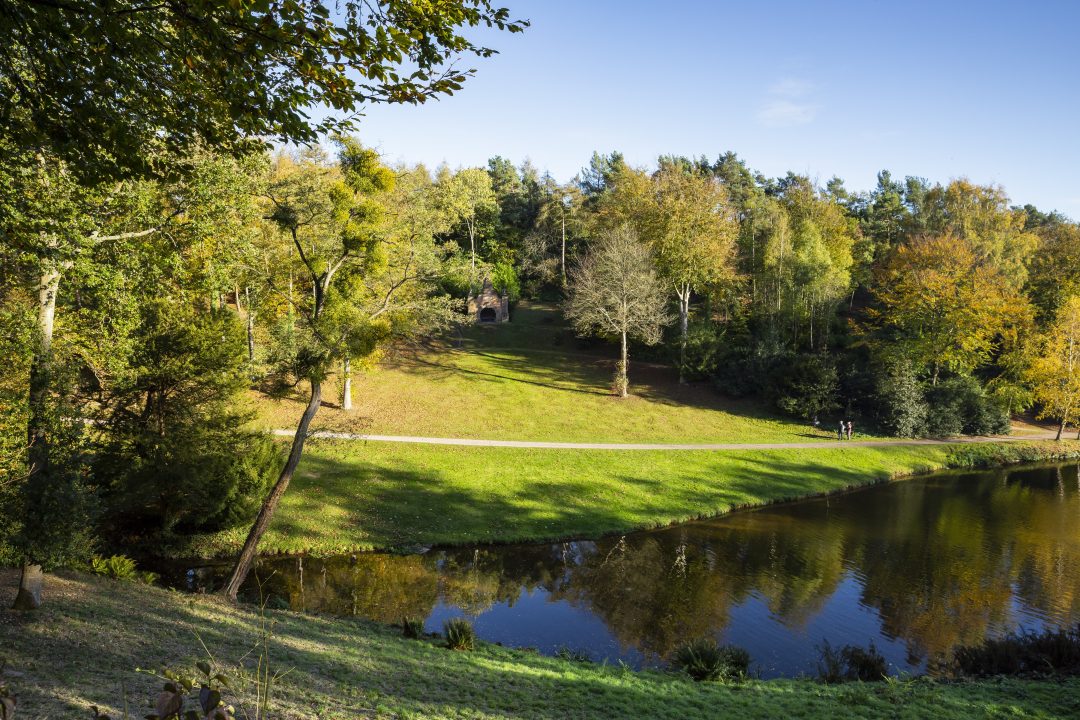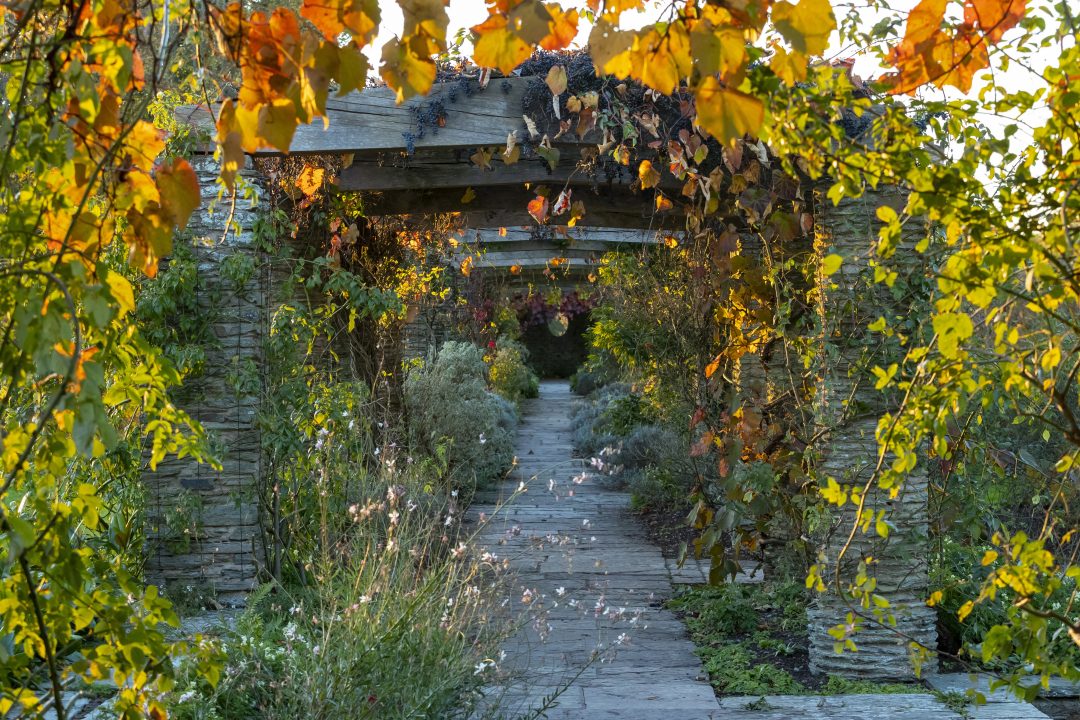I’ve had to really learn to embrace autumn without thinking of it with a feeling of dread that winter is on her way. I actually don’t mind the cold, or the wet, it's the darkness and the lack of flowers that gets me. I think I mourn the idea of there being less flowers and less colour when instead I should just be enjoying the last firework display of autumn colour. But there is a real romance to autumn. A slowing down. A mellow fruitfulness. A gratitude for the harvest. Kicking up fallen leaves. Getting your favourite sweater back on. Relighting the wood burner. And that beautiful low autumn sun (when we are lucky enough to see it!) creating a warm glow.
A few years ago this would have been the time that we would have 'put the garden to bed', but not anymore. We are keen to keep the border going as long as possible, partly to show how beautiful beds of seed heads and dry stems can be especially if they are covered in filagree of cobwebs twinkling in the morning sun. Partly to provide food and habitat for wildlife, and to try to keep as much structure as possible. We don’t just leave it all and walk away though. These beds still need to be carefully curated and as stems go soggy and mushy they are cut down, or if they are blown down by the wind and look tatty.
Garden designer, Piet Oudolf, is the king of perennial planting. You might have seen his work at the Hauser and Wirth gallery. He said that 'there is a beauty in decay' and 'a plant is only worth growing if it also looks good when it's dead'. His gardens look fabulous all winter and then are cut down in February as the new growth starts to appear. As well as bare stems there is so much pleasure to be had from berrying plants, rose hips, seedheads, bright stems and autumn leaves. It is almost worth designing a garden for autumn. We have made a start on this idea in Rook Wood where over the last few years we have been planting trees and shrubs for autumn colour. It has beautiful red leaves from Acers and Liquidambers, pink berries from the sorbus, and the gorgeous candyfloss smell as the leaves drop from the Cerciphyllum. It is a work in progress that will keep growing and getting better each year.
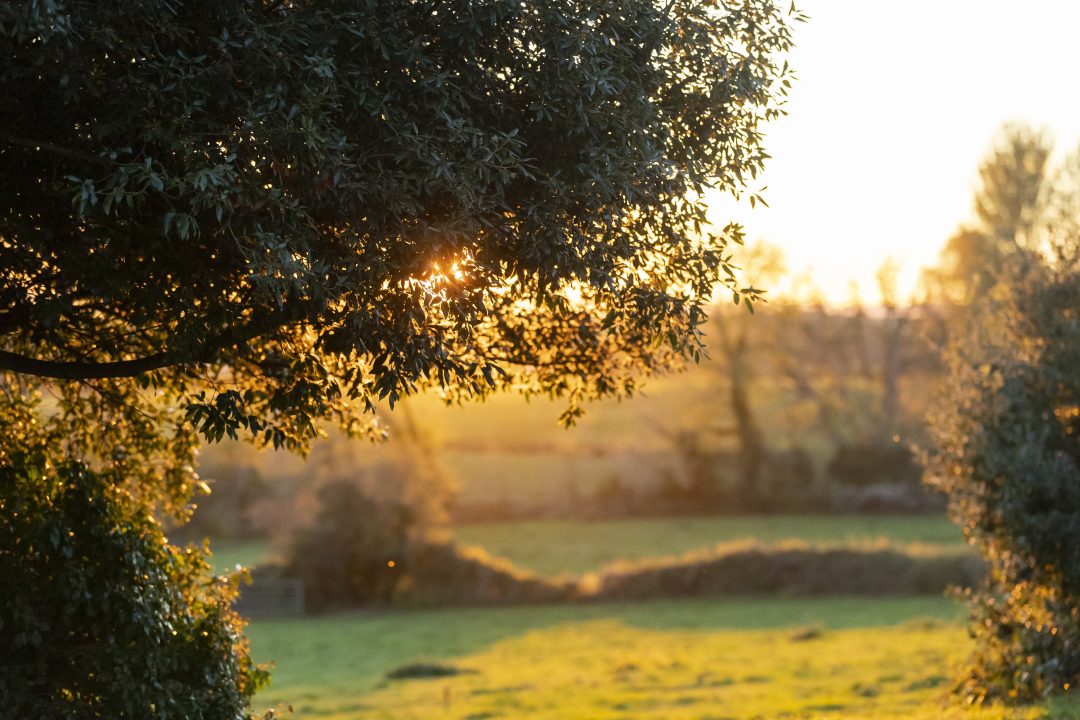
The speed of growth slows down at this time of year. This means less grass cutting, less deadheading, and the type of work that the garden team carries out changes at this point. We don’t get the chance to slow down! In fact it often gets more physical - which is a blessing on a cold day. People always think that there is less to do in the garden in autumn and winter, but this is where all next year's prep begins. In fact, Monty Don refers to autumn as being the start of the gardening year. We have taken semi ripe cuttings so the glasshouse is full of next year's lavenders, rosemary, and santolina. The seeds of the foxgloves have been sown and pricked out. As plants become more dormant we will take hardwood cuttings of some of our shrubs, creating new life for the following years. All the hardy plants, such as pots of pelargonium, are brought back into the glasshouse to protect from frost, and the oranges are carried back into the orangery. The climbing and rambling roses on the pergola have all been pruned and tied in, ready to produce more blooms in the summer.
After Christmas we will move onto all the shrub roses. We start mulching the beds with our home made compost. Our compost is made from garden waste, shredded paper from the offices, and some food waste from the kitchens, beautifully rich and full of nutrients and micro-organisms. Mulching is a great thing to do on a cold day when you can watch the steam rise from the compost and from your own breath - it certainly keeps you warm - and we always find that missing trowel! We do the shrubbery first so that we can get it mulched before the bulbs start to come up and then we move onto the rest of the garden in the new year.
In the landscape garden it is all about trees, shrubs and views. After Christmas we will carry out all the necessary tree felling. Where possible, if a tree dies we will leave it as standing deadwood, like we have with the Cedar in the shrubbery. This provides a vital source of habitat for many animals. But sometimes trees have to go, and this year we have a few with ash dieback that we need to fell as they pose a risk to visitors if we leave them. We also look at carrying out any view work over the winter, which helps keep the features of the landscape garden clear. Alongside that, we start pruning our laurel. We try to maintain stands of laurel of all different ages again for wildlife, but we have a system where anything taller than me or fatter than my thumb is removed. This helps to keep the laurel loose and less 'hedgey'. The laurel is then stacked up and left for 6 months so that it dies back before we chip it. Laurel contains cyanide so if you burn or chip it when it is fresh you get quite a headache and we can't afford to lose any of our fabulous gardening team!
As gardeners we are really lucky that we have a reason to go outside every day. It is so important that we still get fresh air and vitamin D all year around. So get your extra layers on and try to make time for a walk or some gardening as often as you can - it's such a mood lifter on darker days. There is always something to see in the gardens here whether that's autumn leaves, bare trees, or just a smile from a gardener! Stay healthy and come to Hestercombe for your dose of wellbeing!
If you dread winter, I recommend this book by Katherine May called Wintering, or reading some of the books on Hygge.
